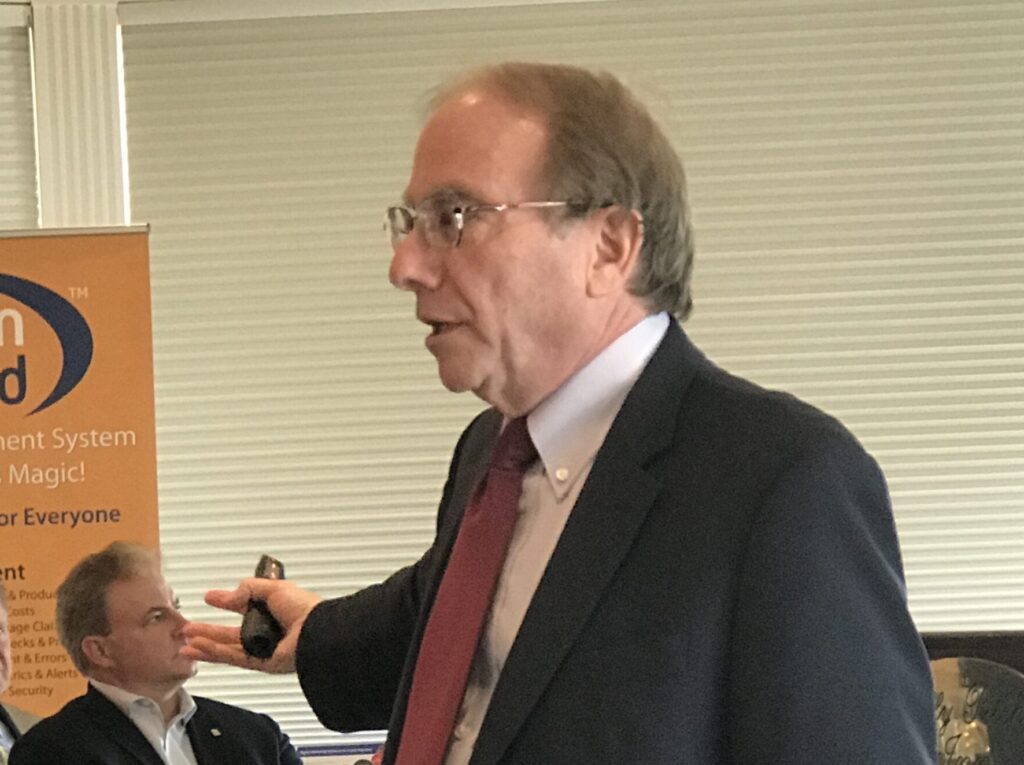Do insurance regulators pay attention to all the news media stories about delayed and wrongful claims practices? Do insurance regulators and market conduct examiners do an effective job when it comes to claims? For policyholders, restoration contractors, and public adjusters, the answer is an emphatic “no.”

Insurance law professor Jay Feinman came to a similar conclusion. Feinman published a paper on the topic: The Regulation of Insurance Claim Practices.1 His introduction states:
The paradigm of insurance distribution in the United States is the private market, and insurance in general and insurance claim practices in particular are prime examples of the use of regulation to facilitate and supplement the market. In his foundational article on insurance regulation, Spencer Kimball stated, ‘The major objective of insurance regulation is to facilitate the successful operation of the insurance enterprise itself.’ But a hoary aphorism of insurance law states that insurance is imbued with a public interest, justifying the intervention of legislatures, administrators, and courts to supplement and correct the operation of the market and to serve nonmarket goals variously described as ‘important social objectives’ or ‘egalitarian or distributional concerns.’
This Article describes the failure in the market for claim practices, the failure of the regulatory responses to that failure, and the ways in which litigation can provide a partial corrective. Market failure is endemic to the market for claim practices because of information asymmetries, agency problems, and the risk of opportunism by insurers. The response to these failures by state insurance regulators could include improvements in the market, intervention in disputes about claims, and focused or broad-ranging enforcement actions, but the response has generally been inadequate to the task. Private litigation, both coverage litigation and claim practices litigation—generally known as ‘bad faith’—also serves a regulatory function. For the regulation of claim practices, litigation is superior in concept and certainly in practice to administrative regulation.
Feinman’s article notes that there are many reasons for the poor regulation of insurance claims practices. For example, he explained how cozy the insurance industry had become with those responsible for regulation and making laws regarding regulation:
The revolving door between regulators and industry swings frequently. The industry is a major campaign donor at the state and federal levels. Influence also comes from organizations, and the insurance industry teems with organizations that generate research and public-relations materials that shape the thinking of regulators and ‘govern governance.’ Industry influence is magnified by the unusual structure of insurance regulation in which an industry dominated by huge, national and multinational corporations is regulated in fifty state capitals with coordination done by the public-private NAIC, which has its own issues with industry influence. And insurance issues tend to be complex and of low public visibility, except when sparked by major events such as Hurricane Katrina or Superstorm Sandy.
Insurance-industry capture of regulation provides a good example of the nuances of contemporary approaches to the understanding of capture.
…the early literature on regulatory capture focused on attempts by a regulated industry to obtain favorable regulations from an administrative agency that had primary responsibility for regulating the industry, such as the Interstate Commerce Commission and the railroad industry. But capture more accurately includes both statutory and regulatory capture—influencing legislation and also rulemaking and enforcement under that legislation.
Feinman is professionally and academically suggesting that the insurance companies have significant control over many insurance regulators in positions of power, the making of the regulations and even over the examiners who conduct the market claims conduct studies, although in a more indirect way. The fact that McKinsey & Company, which provides the suggested claims practices for insurers to follow, helped make the initial rules of the market conduct studies must have most wondering if this entire regulatory scheme is largely a charade. Not only is the fox in the hen house but did the insurance industry set up the rules for those regulating the industry?
This must be concerning to those more enlightened and in the business of examining insurers for wrongful claims practices. Feinman suggests that the vast majority of the claims practices market claims studies are outcome-oriented and destined to be non-effectual. He blames part of this on the vague claims regulatory duties which insurers are held versus the specific duties of policyholders:
[T]he details of the company’s obligation are not specified in the policy. A typical HO-3 homeowners policy, for example, only requires the company to pay claims within sixty days of agreement or adjudication and to participate in appraisal; otherwise, it delineates no duties concerning processing of a claim. The homeowner, by contrast, is subject to eight specified duties, including prompt notice, cooperation in investigation, and submission of proof of loss. Indeed, it would be hard to specify the insurer’s duties because they necessarily rest on vague concepts such as promptness and reasonableness. As expressed in the Model Unfair Claims Settlement Practices Act, for example, a company must ‘adopt and implement reasonable standards for the prompt investigation and settlement of claims arising under its policies.’ Even when a statute appears to narrowly specify a duty, the specification is usually qualified by a vague term.Ex post, the insured has no effective means of monitoring the company’s performance in handling the claim. The vagueness of the company’s defined responsibly and the substantial advantage in information and expertise that the insurer possesses creates an inherent difficulty in monitoring the performance.
For my investigative journalist friends and those interested in “why nothing is done about wrongful claims behavior by regulators,” Feinman’s research and article are must-reads. This post does not do justice to the academic insight from Professor Feinman.
Effective market conduct studies regarding insurance company claims practices are greatly needed. There is a lot more about this story and a lot more that those in power who are enlightened and truly want to have a purposeful life helping policyholders can do to make the system better. However, it is important to understand that when the concept for market conduct studies was first implemented, the entity providing the advice to those regulating, McKinsey & Company, was already in bed with those about to be regulated, as noted in “What is the History of Market Conduct Studies?”
Thought For The Day
Follow the trail, and it leads through the revolving door to industry lawyers, lobbyists, and executives now holding key positions — foxes guarding the henhouse.
—Bill Moyers
1 Jay M. Feinman,The Regulation of Insurance Claim Practices, 5 U.C. Irvine L. Rev. 1319 (2015). Available at: https://scholarship.law.uci.edu/ucilr/vol5/iss6/4





